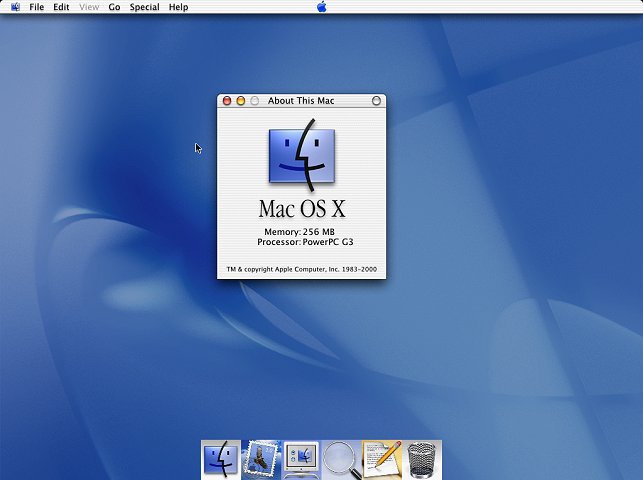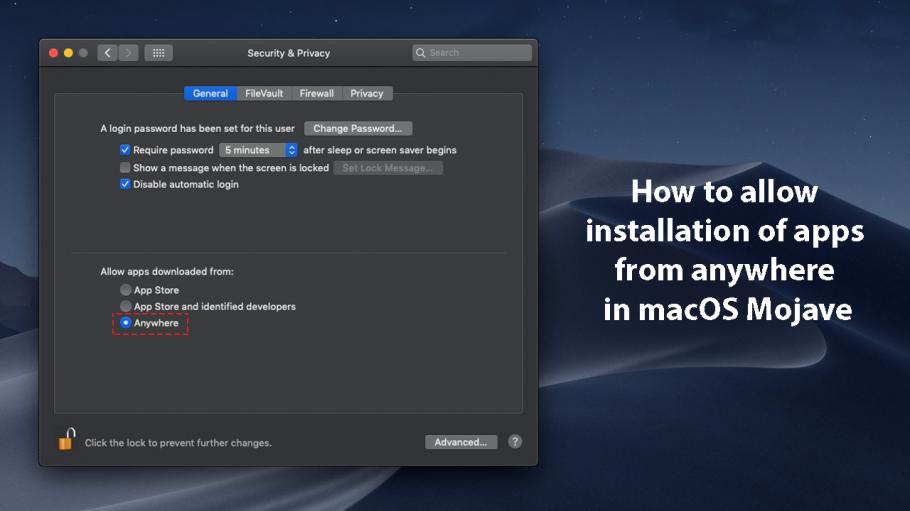


Some people need Windows for gaming, some for the specialized apps exclusively designed for Windows PC. You can keep a Windows PC handy or you can run Windows on your Mac using a tool, like BootCamp. And to do that, you have a couple of choices. No matter how much you love your Mac, there are times when we have to run Windows. But to help you do it all by yourself, we’ve gathered our best ideas and solutions below.įeatures described in this article refer to the MacPaw site version of CleanMyMac X. Not yet, anyway.So here’s a tip for you: Download CleanMyMac to quickly solve some of the issues mentioned in this article. Emulators like QEMU can emulate PowerPC Macs, but (at least as far as I am aware) there are no easy browser-based implementations that exist.

Infinite Mac won't run later releases of classic Mac OS (including 8.5, 8.6, and 9) because those releases ran exclusively on PowerPC Macs, dropping support for the old Motorola 68000-based processors. Parparita used existing Basilisk II features to reduce CPU usage, only requiring full performance when "there was user input or a screen refresh was required."

So when you emulate these old systems, they'll ramp one of your CPU cores to 100% whether you're actually using the emulator or not. Old operating systems and processors didn't really distinguish between active and idle processor states-your computer was either on or off. "Along with some old fashioned web optimizations, this makes the emulator show the Mac’s boot screen in a second and be fully booted in 3 seconds, even with a cold HTTP cache," Parparita wrote.ĬPU usage was another issue. To solve the download problem, Parparita compressed the disk image and broke it up into 256K chunks that are downloaded on demand rather than up front. Parparita details some of his work in this blog post.īeginning with a late 2017 browser-based port of the Basilisk II emulator, Parparita wanted to install old apps to more faithfully re-create the experience of using an old Mac, but he wanted to do it without requiring huge downloads or running as a separate program as the Macintosh.js project does. Instead, it's the creative solutions that developer Mihai Parparita has come up with to enable persistent storage, fast download speeds, reduced processor usage, and file transfers between the classic Mac and whatever host system you're running it on. What makes the project unique isn't necessarily that it's browser-based it has been possible to run old DOS, Windows, and Mac OS versions in browser windows for quite a while now. Further Reading My coworkers made me use Mac OS 9 for their (and your) amusement


 0 kommentar(er)
0 kommentar(er)
